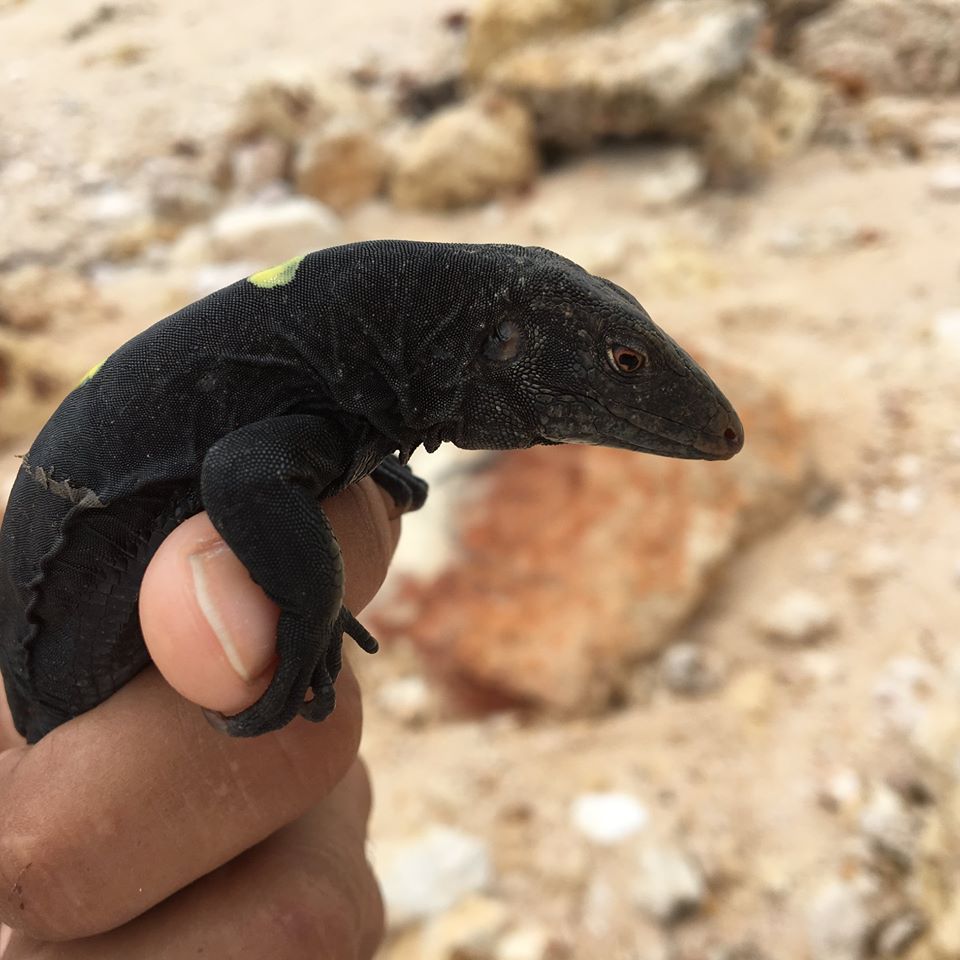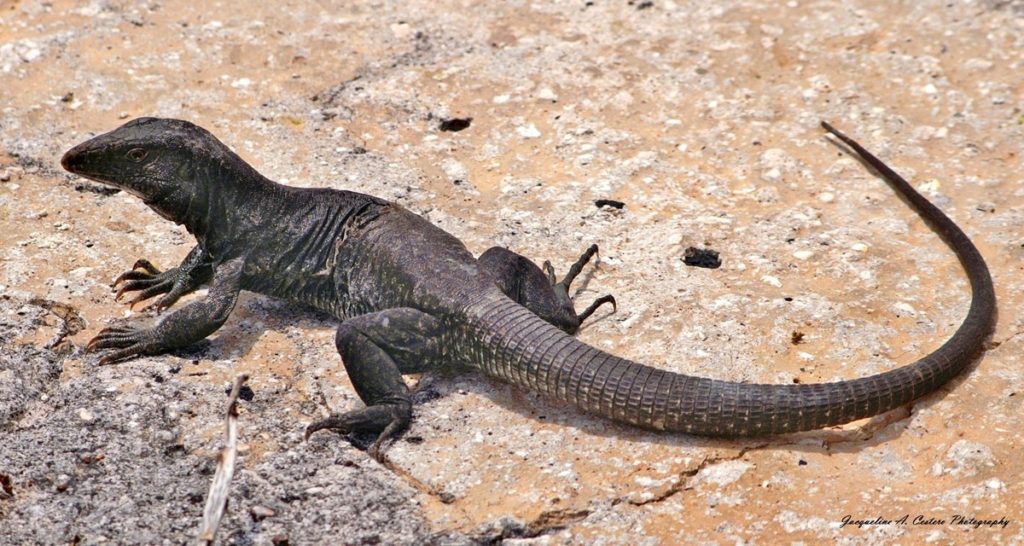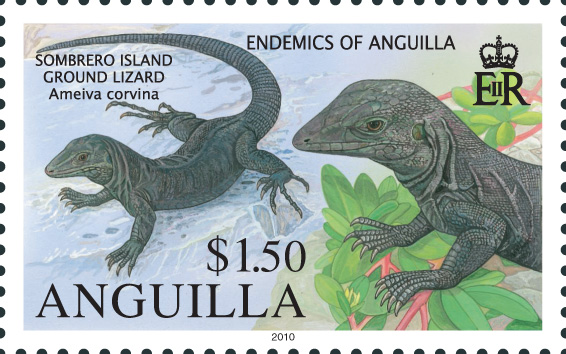Little Scrub Ground Lizard

The Little Scrub ground lizard (Pholidoscelis Corax) is endemic to Little Scrub Island – a small, low-lying, and windswept cay just off the coast of Scrub Island; its found on this tiny island and nowhere else in the world – it is special. Based on previous population assessments and its very limited distribution, its one of Anguilla’s critically endangered species. With climate change expected to bring stronger, slower, and more frequent hurricanes as well as rising sea levels, we’re at high risk of losing this important part of our natural heritage. Over the last week, we’ve been working with Dr Jenny Daltry, Senior Conservation Biologist with Fauna & Flora International, to estimate the lizard’s current population size and to consider possible options for saving this species. It’s been an amazing week of learning and interesting discussions. We’re now looking forward to the next stage: collaborative conservation action.
Sombrero Ground Lizard

The Sombrero ameiva (Pholidoscelis corvinus) is a lizard species in the genus Ameiva. It is endemic to Sombrero, a small, uninhabited island in the Lesser Antilles under the jurisdiction of Anguilla.
Adults are melanistic, appearing plain brown to slate black, with a dark green to black ventral surface mottled with light blue. Its tail is sometimes speckled green. Males have brown flecks on the dorsal surface and browner heads. Males grow to 133 mm snout-to-vent length, with females being considerably smaller.
It is superficially similar in coloration and scalation to Pholidoscelis atratus and Pholidoscelis corax, two other melanistic species also found on small, barren islands in the Caribbean. As both islands have similar habitats, this is likely the result of independent adaptation.

Its diet includes the eggs of ground-nesting birds.
The Sombrero ameiva is listed as critically endangered on the IUCN Red List due to its limited distribution, an area less than 0.37 km2 (91 acres) in size. A 1999 study estimated between 396 and 461 individuals, including adults and juveniles, based on mark-recapture data. Although there are no permanent human settlements on Sombrero, increased rodent populations such as introduced mice may put pressure on the lizards. Flooding and sea-level rise may also threaten the species. The population appears to be thriving, possibly due to its isolation from human activity.